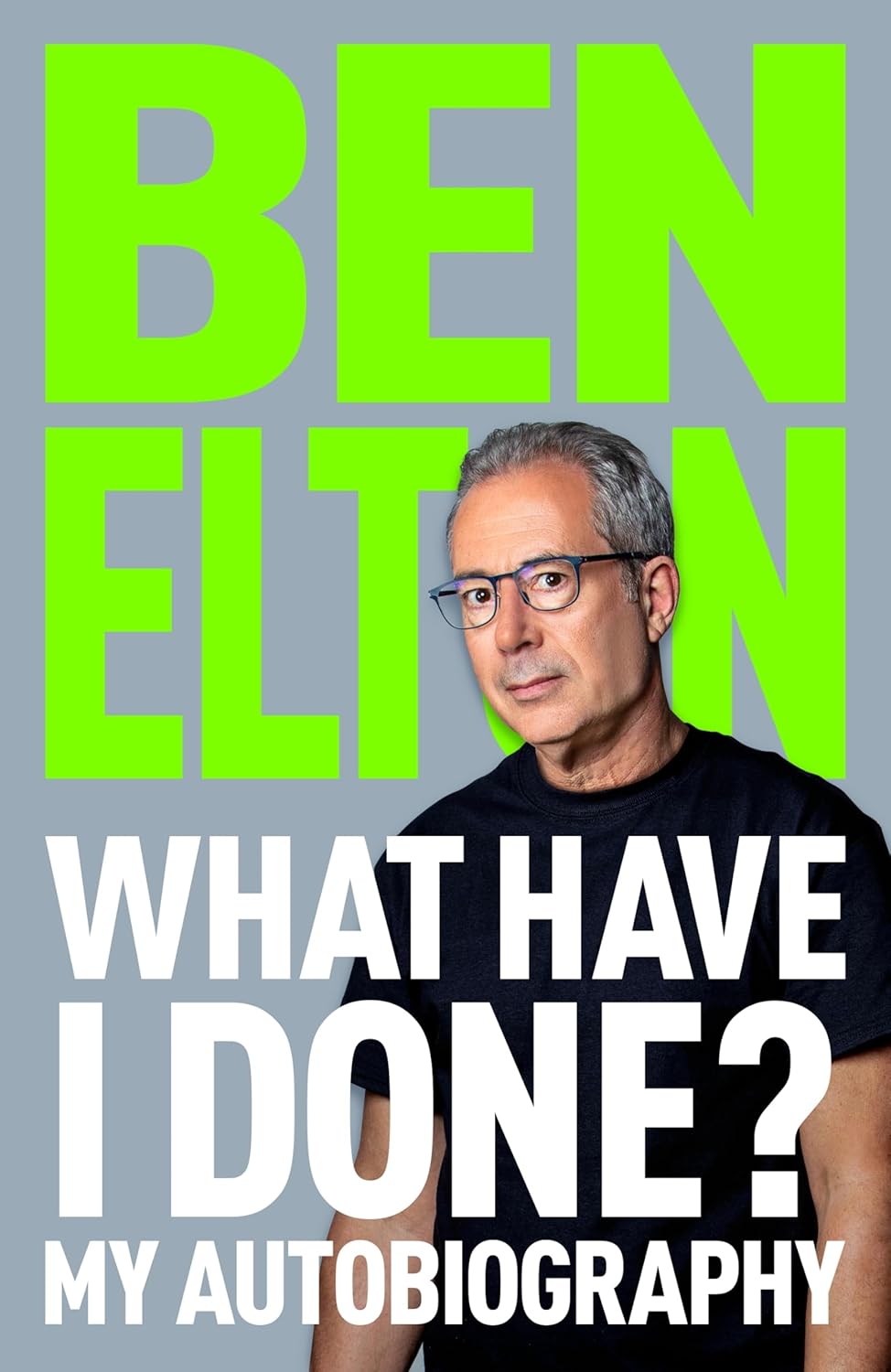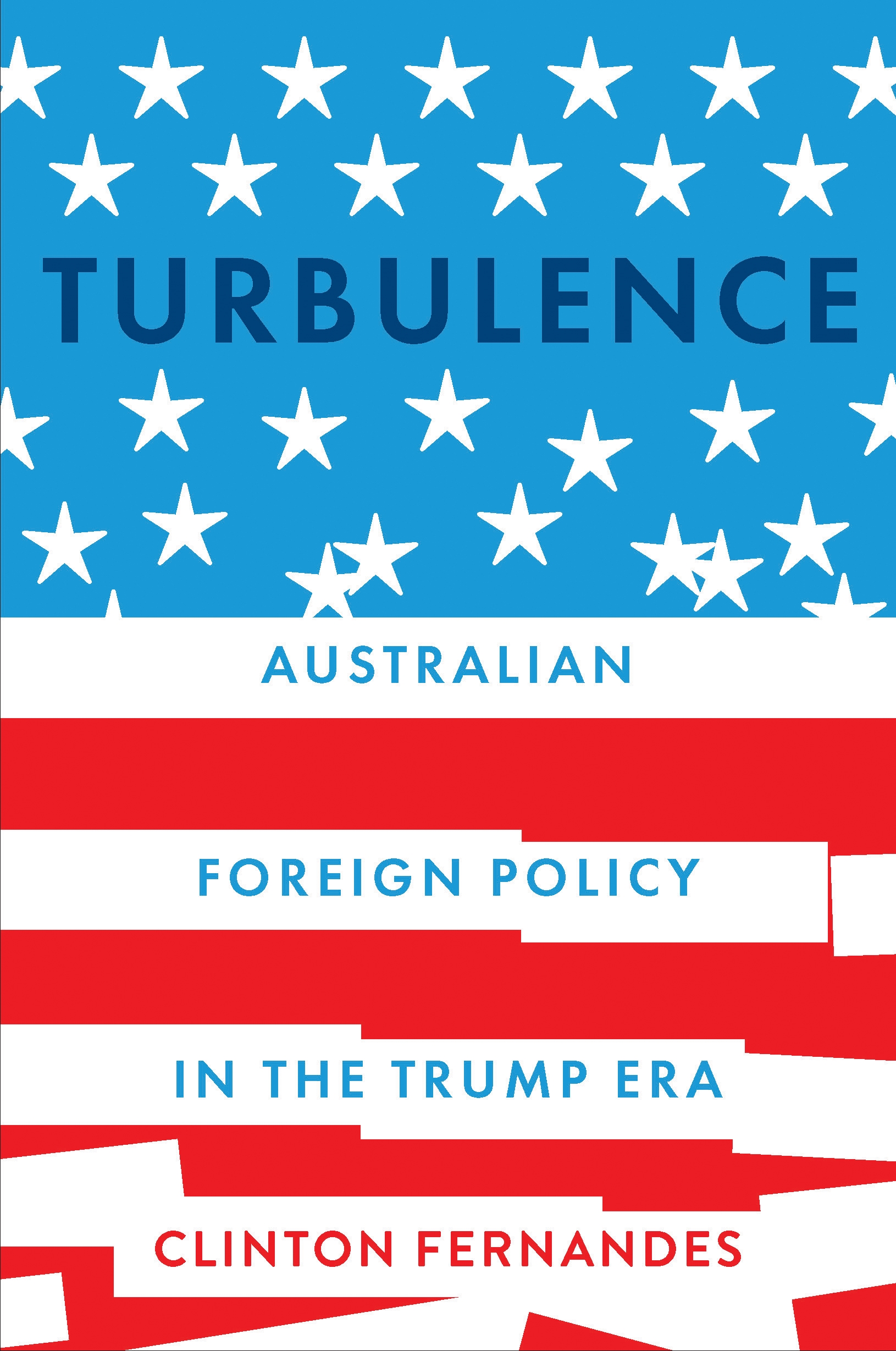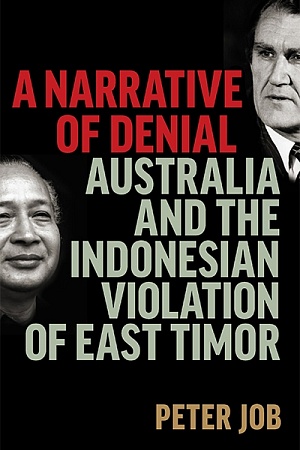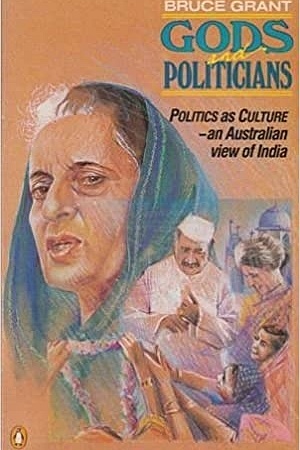Kingdom of Characters: A tale of language, obsession, and genius in modern China
Allen Lane, $45 hb, 336 pp
Back to the future

Picture, poem, or puzzle? The Chinese written character has been one of the most enduring obstacles to and catalysts for intercultural appreciation. When, in the early decades of the nineteenth century, the German philosopher G.W.F. Hegel wanted to demonstrate the relative backwardness of Oriental thought, he could find no better exhibit than the form of its writing. Attached as it was to ‘the sensuous image’, the putatively pictographic Chinese character forfeited access to the conceptual abstraction that afforded European thinkers their passports to the ‘free, ideal realm of Spirit’. Yet a century later, it was this very characterisation of Chinese writing – as irreducibly concrete and free of intellectual mediation – that persuaded the philologist Ernest Fenollosa and poet Ezra Pound of its therapeutic promise for Western art. ‘Full of the sap of nature’, the Chinese character would inject primitivist vitality into the dry husks of romanised verbiage. What had made it peripheral to the historical florescence of ‘reason’ now legitimised it in the name of aesthetic modernism.
Continue reading for only $10 per month. Subscribe and gain full access to Australian Book Review. Already a subscriber? Sign in. If you need assistance, feel free to contact us.











Leave a comment
If you are an ABR subscriber, you will need to sign in to post a comment.
If you have forgotten your sign in details, or if you receive an error message when trying to submit your comment, please email your comment (and the name of the article to which it relates) to ABR Comments. We will review your comment and, subject to approval, we will post it under your name.
Please note that all comments must be approved by ABR and comply with our Terms & Conditions.